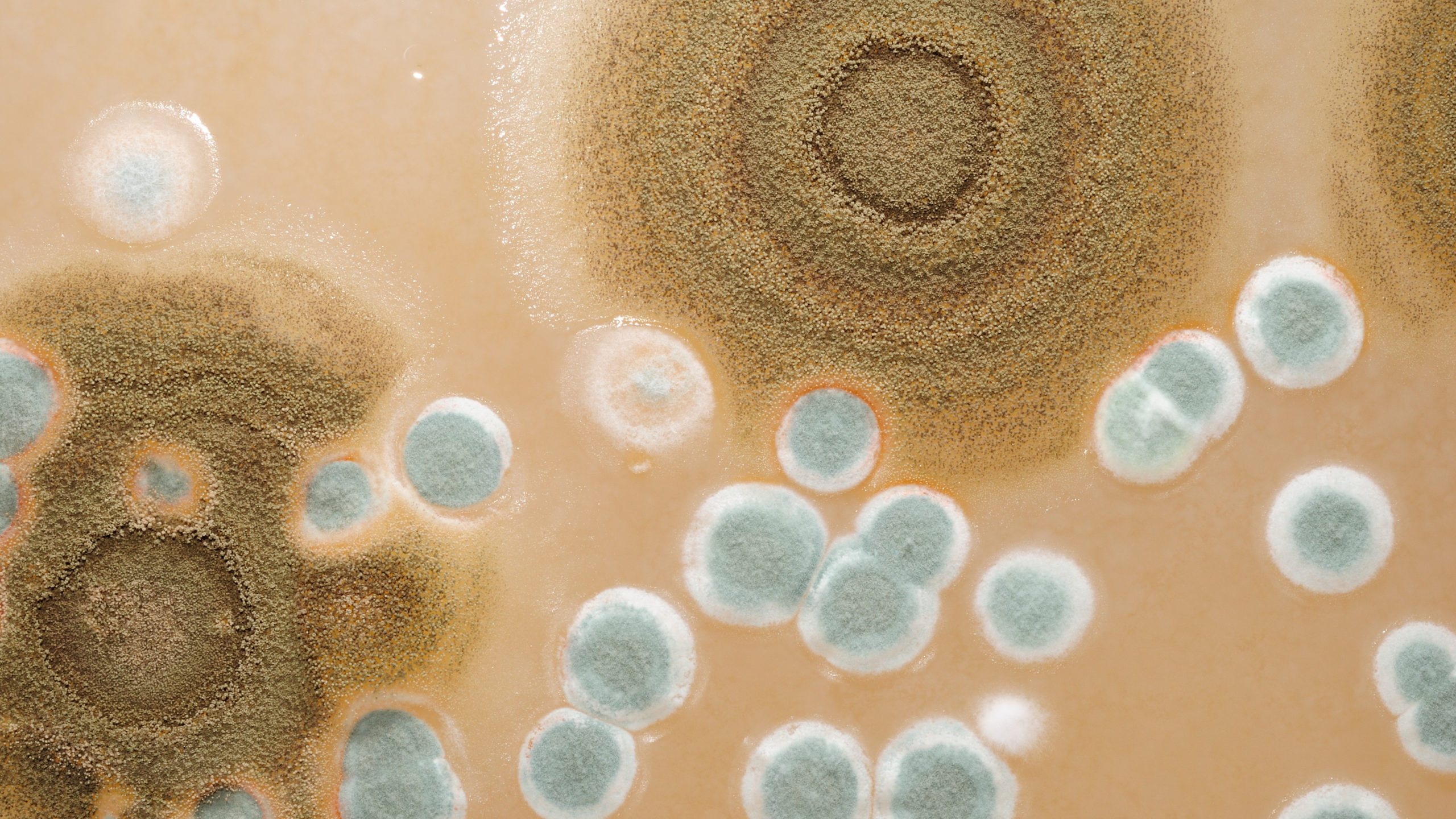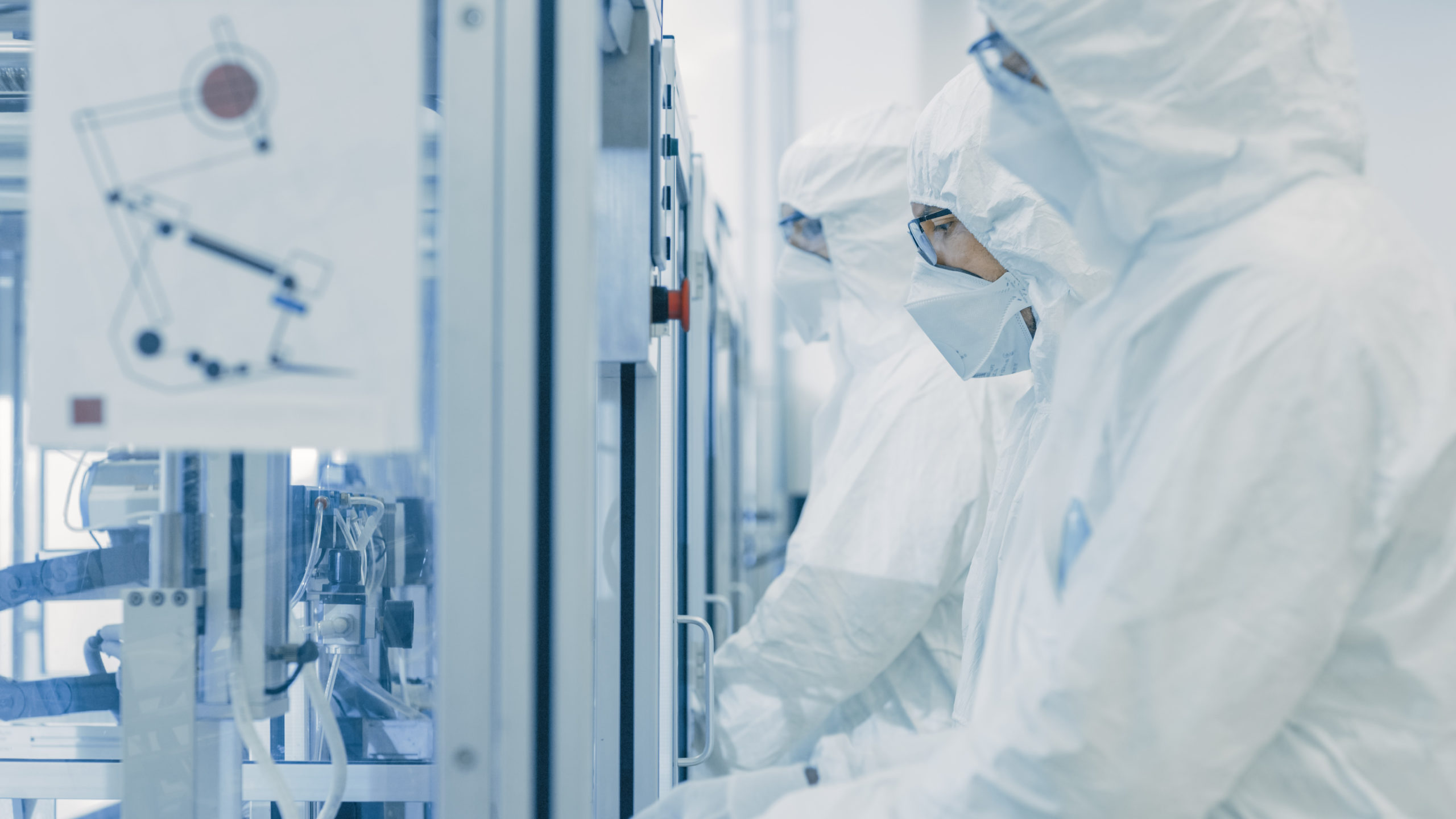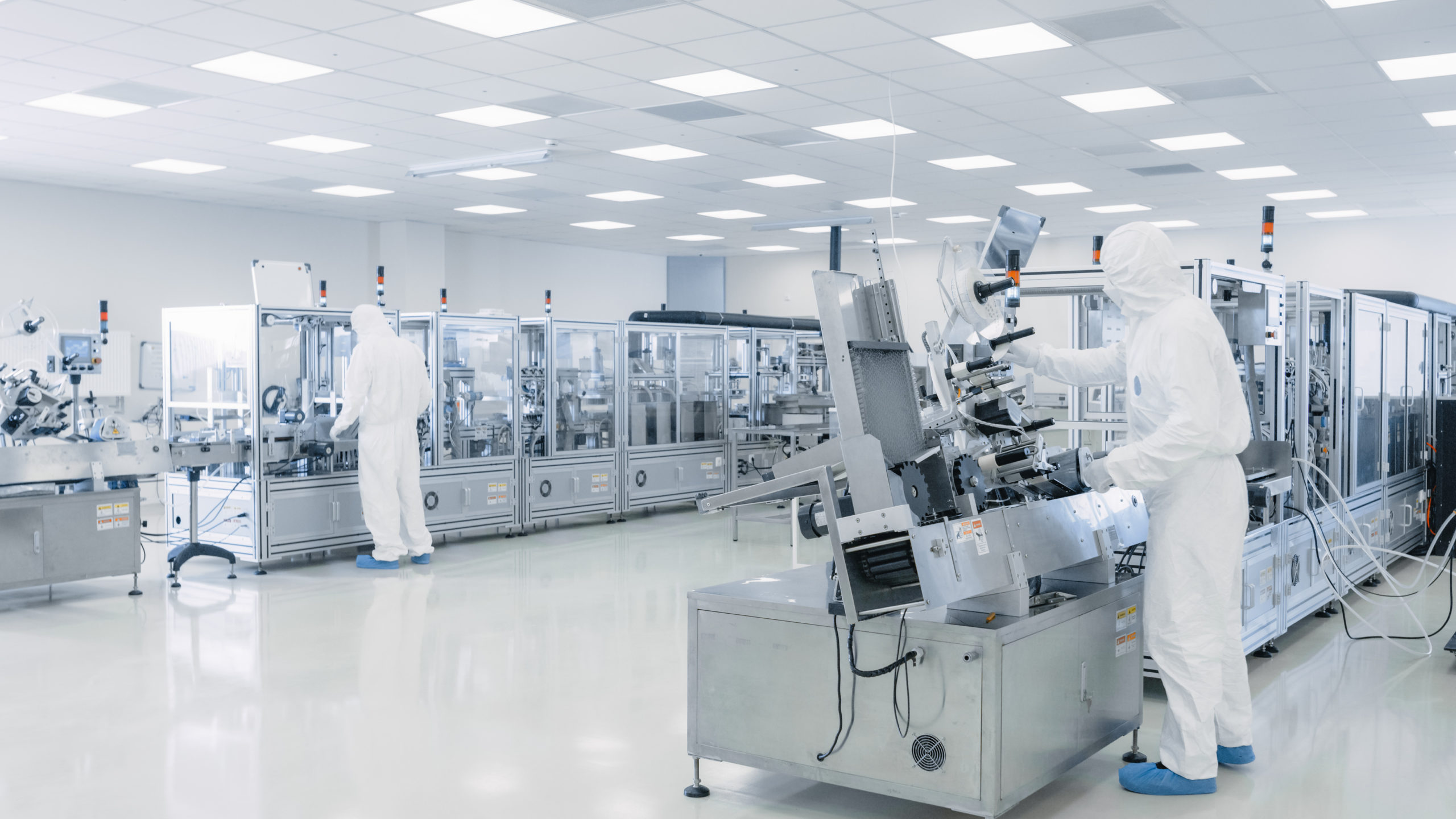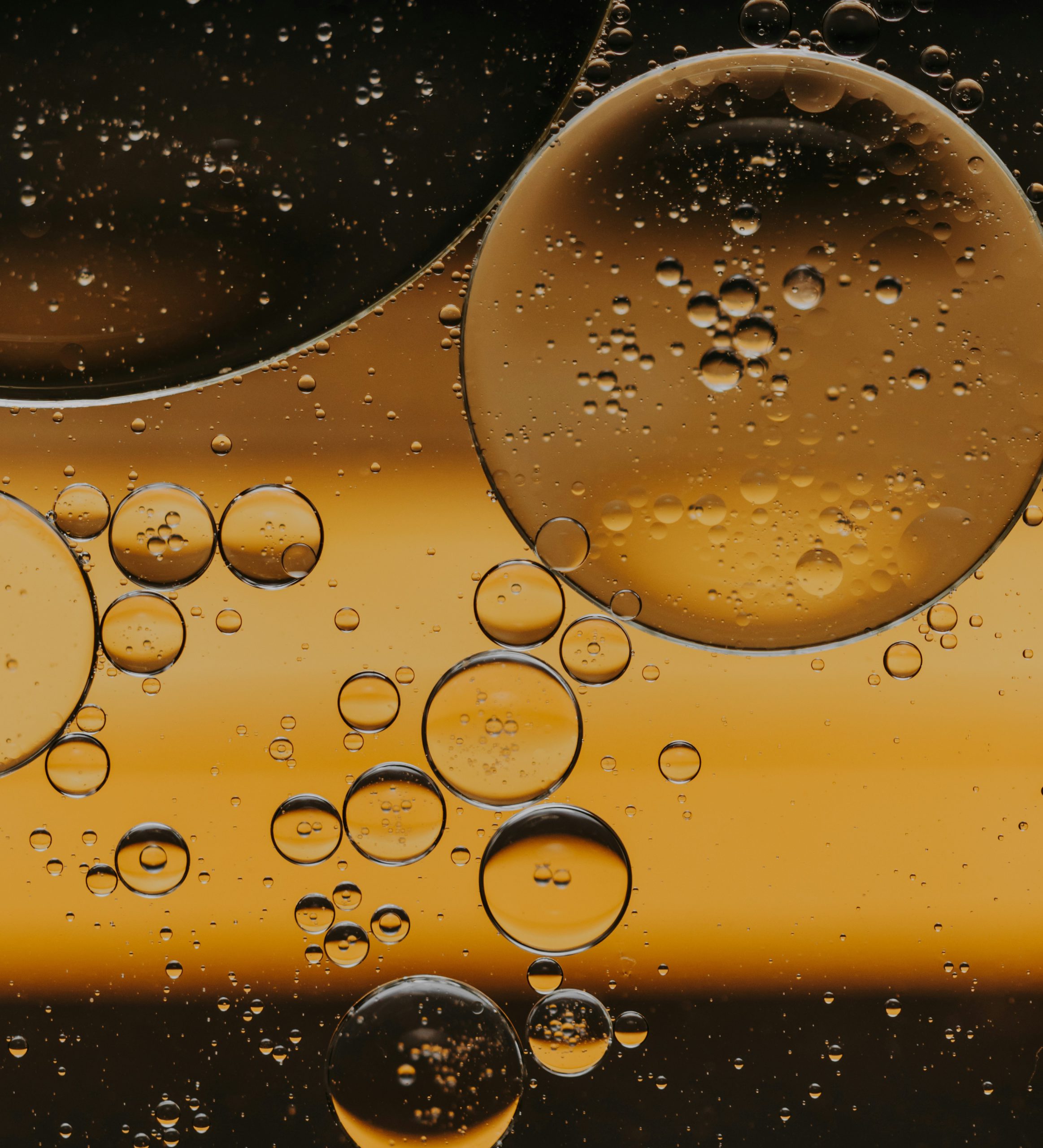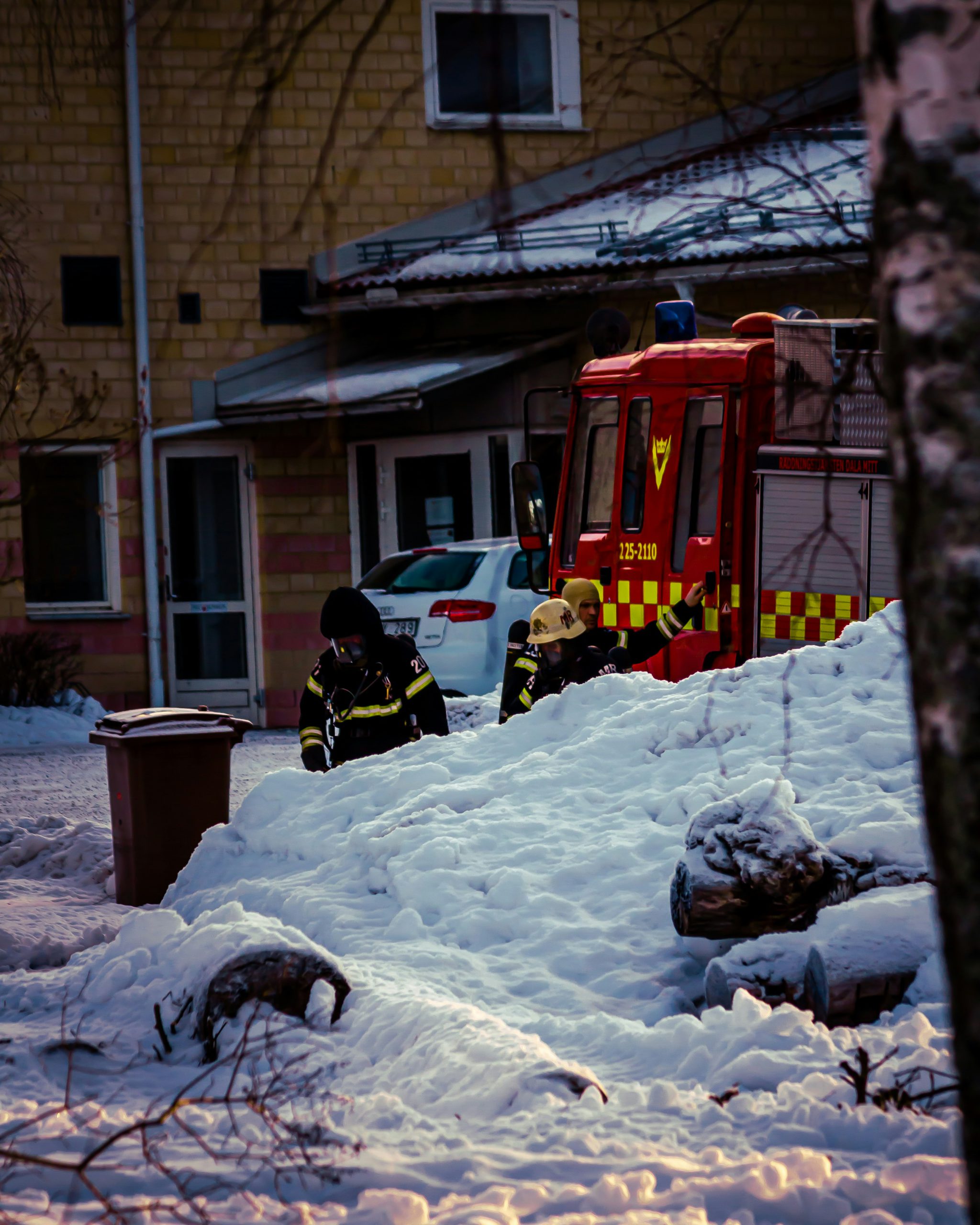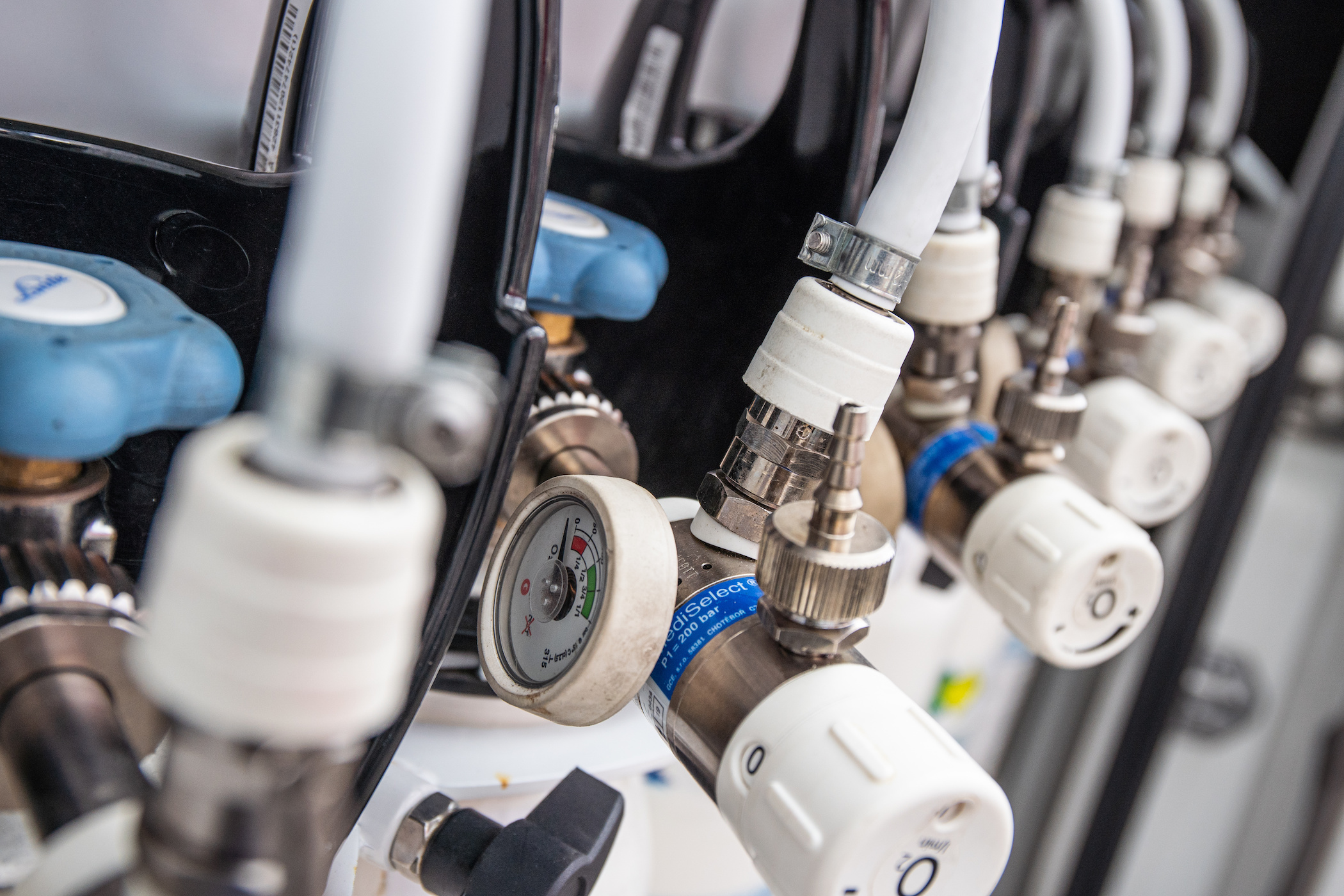Microbial Testing
Compressed air microbial testing or Bioburden Testing per ISO 8573-7 or ISO 14698 is generally conducted by the pharmaceutical, medical device and food industries. Microbial contaminants found in the compressor or compressed air lines can be devastating to a final product in these industries. A regular Micro Testing program can provide insight to a potential problem long before it brings production to a halt. Learn more about compressed air microbial limits below.
Industries We Serve
Compressed Air Microbial Testing
Compressed air systems can harbor the nutrients required for microbes to grow; namely water, oil, and warm temperatures. Maintaining a dry water level of -40°F can inhibit the growth of microbes but will not eliminate them. Bacterial spores can be resistant to U.V., desiccation or heat and can remain dormant for long periods, thus creating the potential for a reccurring problem. Further, there is another nasty contaminant known as biofilm. Biofilm can have negative effects on the compressed air quality as well. Biofilm creates a safe haven for bacteria and can provide nutrients to bacteria under conditions that might normally be considered too harsh.
A microbial monitoring program as suggested by the International Society of Pharmaceutical Engineers’ (ISPE) Good Practice Guide – Process Gases, is a practice that any manufacturer using critical air or gas in their process should consider. The Guide goes on to state in Chapter 7, Risk Assessment, Table 7.1:
Microbial Count (Non-sterile applications) – Guideline limits to be established based on product bioburden limits. Typical level NMT 5 cfu/m3
Microbial Count (Sterile Applications) – As per viable particle requirements for Grade area where the product is exposed to the compressed gas (e.g. Grade A, Grade A/B, Grade B or Grade C)
(from US FDA 2004 Aseptic Processing Guidance.)
Due to the lack of definitive limits for microorganisms, many refer to the compressed air microbial limits established for cleanroom classifications shown below. Microbial testing per ISO 8573 is an important step to any monitoring program.
| CLEANROOM CLASSIFICATIONS A | ||||
|---|---|---|---|---|
| CLEAN AREA CLASSIFICATION (0.5 ΜM PARTICLES/FT3) |
ISO DESIGNATION B | ≥0.5 ΜM PARTICLES/M3 | MICROBIOLOGICAL ACTIVE AIR ACTION LEVELS C (CFU/M3) |
MICROBIOLOGICAL SETTLING PLATES ACTION LEVELSC,D (DIAM 90MM; CFU/4 HOURS) |
| 100 | 5 | 3,520 | 1 e | 1 e |
| 1,000 | 6 | 35,200 | 7 | 3 |
| 10,000 | 7 | 352,000 | 10 | 5 |
| 100,000 | 8 | 3,520,000 | 100 | 50 |
| All classifications based on data measured in the vicinity of exposed materials/articles during periods of activity. ISO 14644-1 designations provide uniform particle concentration values for cleanrooms in multiple industries. An ISO 5 particle concentration is equal to Class 100 and approximately equals EU Grade A. Values represent recommended levels of environmental quality. You may find it appropriate to establish alternate microbiological action levels due to the nature of the operation or method of analysis. The additional use of settling plates is optional. Samples from Class 100 (ISO 5) environments should normally yield no microbiological contaminants. |
||||
| RECOMMENDED LIMITS FOR MICROBIAL CONTAMINATION A | ||||
| GRADE | AIR SAMPLE CFU/M3 | SETTLE PLATES (DIAMETER 90MM) CFU/4 HOURS B |
CONTACT PLATES (DIAMETER 55MM) CFU/PLATE |
GLOVE PRINT 5 FINGERS CFU/GLOVE |
| A | < 1 | < 1 | < 1 | < 1 |
| B | 10 | 5 | 5 | 5 |
| C | 100 | 50 | 25 | - |
| D | 200 | 100 | 50 | - |
| These are average values. Individual settle plates may be exposed for less than 4 hours. |
||||
| Air & Gas Specifications referenced above may be viewed and/or purchased from: ANSI - American National Standards Institute |
||||
Risk Assessment of Microbial Contamination
ISO 8573-7:2003 is an excellent source for establishing sampling methods although it does not provide compressed air microbial limits. On the subject of microbial contamination in compressed air used in food plants, “Drying the air to a low dew point is an effective way to inhibit this microbial growth. Inhibit – not kill”, is what Parker Hannifin’s Lee Scott has to say. Read more from Lee Scott on Reducing Contamination Risks of Compressed Air in Food Plants: Benchmarking Good Manufacturing Practices.
The BCAS Food Grade Compressed Air, A Code of Practice states, “6.2 Microbiological contaminants HACCP shall establish the risk of contamination by microbiological contaminants. The level of viable microbiological contaminants in the compressed air shall not be detectable using the method described in clause 7.6.” Clause 7.6 refers to ISO 8573-7 test method for viable microbiological contaminant content.
The SQF Code, Edition 8 states in summary, the quality of air and other gases (e.g. nitrogen, carbon dioxide) that contacts animal feed, pet food, pre-processing of animal and plant products, and human food, and their respective contact surfaces “shall be clean and present no risk to food safety.” Additionally, the compressed air systems, and systems used to store or dispense other gases used in the manufacturing process that come into contact with said contact surfaces “shall be maintained and regularly monitored for quality and applicable feed safety hazards.” On their website they go on to say, “Food processing facilities need to operate from a fundamental assumption that compressed air can be a source of chemical and microbiological contamination. Food facilities must verify and validate the compressed air used in their facility is appropriate for use and not a source of contamination.” Read more on air purity testing from SQF.
Trace Analytics offers the AirCheck✓ Kit™ KX00 Microbial Impaction Sampler in addition to offering the AirCheck✓ Kit™ K810 and K811 models for the testing of particles, water, oil, and gases, in compressed air and process gases.
All AirCheck✓ Kits™ are available for rent or purchase. For more information about compressed air quality testing for the manufacturing industry, contact us today. We are happy to discuss your needs and assist you with testing for your operation.
Trace Analytics’ Microbiological Lab
Trace Analytics has a state of the art microbiological testing lab dedicated to compressed air microbial analysis. With new, advanced equipment and a team of microbiologists, our lab is equipped to handle all of your compressed air microbial testing needs. We offer Total Plate Count (TPC), bacterial classification by Gram stain, total fungal plate count, and microbial identification. Other analyses are available upon request.
To facilitate microbial sampling, we offer the KX00 Micro Impaction Sampler for rental or purchase. Take your compressed air microbial samples quickly, safely, and in accordance with ISO 8573-7 sampling methods with one of our easy to use, rugged micro samplers.

Testing Made SimpleAccurateEasy
Trace Analytics’ laboratory is accredited by the American Association for Laboratory Accreditation. We use state-of-the-art lab equipment that allows us to analyze hundreds of compressed air and environmental samples daily. The result is consistency, accuracy, precision, and rapid turnaround. Trace is an A2LA accredited laboratory complying with ISO 17025, certificate #0322-01.



